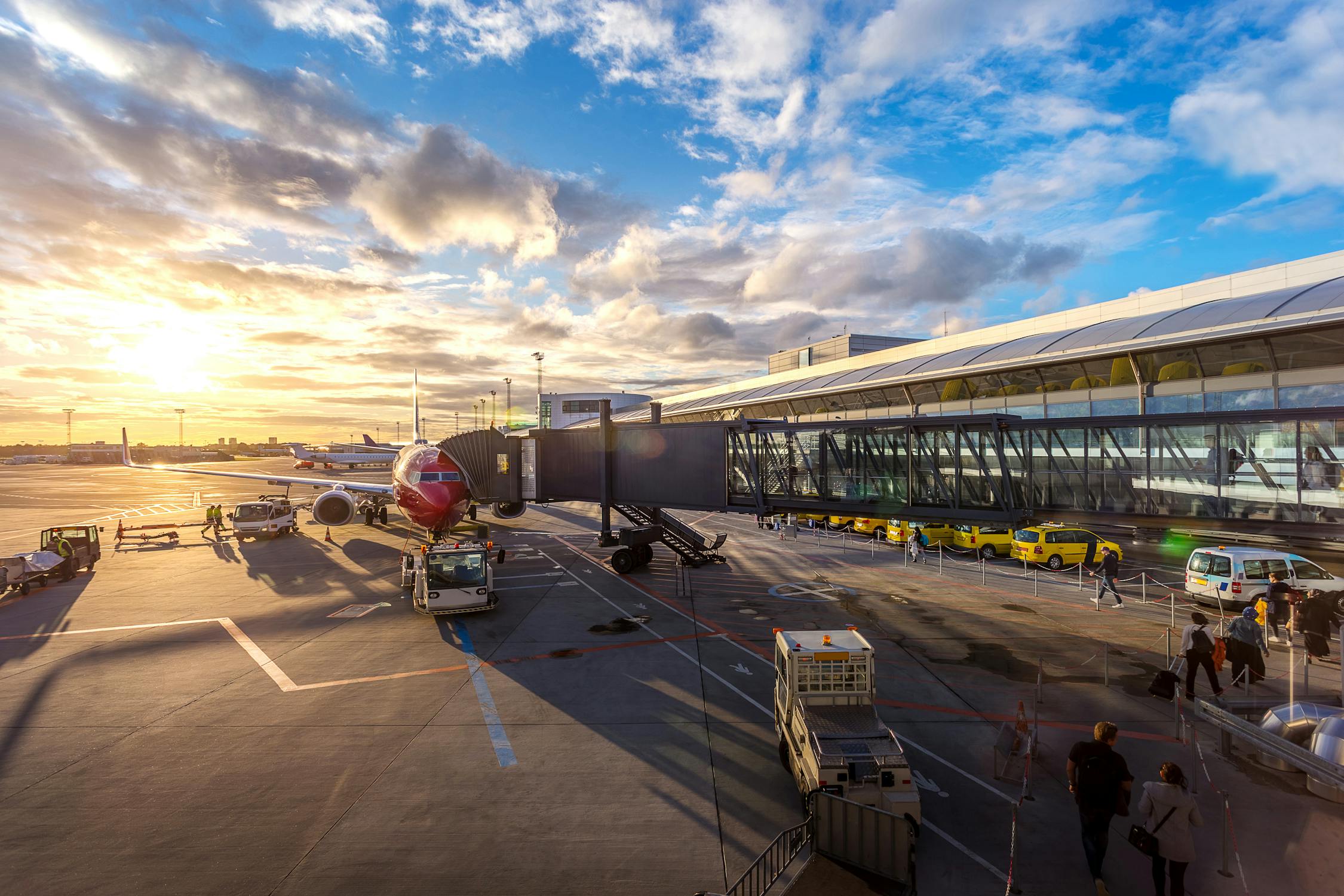How to Navigate Foreign Airports

Traveling can be an exhilarating experience, but navigating foreign airports often poses a significant challenge for many travelers. Airports, bustling with activity and diverse in design, can be overwhelming, especially when you are unfamiliar with the local language and customs. The key to a smooth airport experience lies in preparation and understanding the nuances of international travel.
When stepping into a foreign airport, the first thing that strikes you is the sheer size and complexity of the facility. From sprawling terminals to intricate signage systems, each airport has its unique layout and operational quirks. Knowing what to expect and how to handle common scenarios can make all the difference in reducing stress and saving time.
To help you navigate these complex environments efficiently, we’ll explore essential tips and strategies for managing your journey through foreign airports. These insights will cover various aspects, from pre-trip preparations to customs clearance, ensuring you have a seamless travel experience.
Pre-Trip Preparations
Before you even set foot in an airport, thorough preparation is crucial. Start by researching the airport you'll be flying into. Websites like FlightStats provide up-to-date information on airport facilities, terminal maps, and flight statuses. Familiarizing yourself with the layout and amenities can give you a head start upon arrival.
Ensure all your travel documents are in order. This includes your passport, visa (if required), boarding passes, and any necessary health certifications. Digital tools such as mobile boarding passes can expedite your check-in process and reduce paper clutter.
Pack smartly by following TSA guidelines for carry-on items. Liquids should be in containers of 3.4 ounces or less, placed in a quart-sized bag. Electronics larger than a smartphone should be easily accessible for security screening. Wearing easily removable shoes can also speed up the security process.
If you're traveling to a country with a different language, consider downloading translation apps like Google Translate to assist with communication barriers. Additionally, having some local currency on hand can be beneficial for small purchases.
Arrival and Immigration
Upon arrival at a foreign airport, follow signs leading to immigration control. This process involves presenting your passport and visa to an immigration officer who will verify your entry eligibility. Be prepared to answer questions regarding your stay's purpose and duration.
Utilize automated passport control kiosks if available; these can significantly reduce waiting times. Some airports offer eGates for biometric passport holders, allowing for quicker processing through self-service stations.
After clearing immigration, head towards baggage claim to collect your checked luggage. Pay attention to screens displaying baggage carousel numbers corresponding to your flight. Keep an eye out for any announcements regarding changes in carousel assignments.
Once you have your luggage, proceed to customs declaration. Declare any items that exceed duty-free allowances or are restricted by the destination country’s regulations. Failure to declare such items can result in fines or confiscation.
Navigating the Terminal
Navigating the terminal efficiently involves understanding signage and using available resources. Look for information desks staffed by multilingual personnel who can assist with directions and queries about airport services.
Avoid getting lost by using terminal maps available at kiosks or online via airport websites or apps. These maps indicate locations of gates, restrooms, dining options, and other amenities.
If you have connecting flights, ensure you know which terminal or concourse you need to reach next. Larger airports often provide shuttle services or automated trains connecting different terminals.
Take advantage of lounge access if eligible; lounges offer comfortable seating, complimentary refreshments, Wi-Fi, and charging stations—ideal for layovers or delays.
Security Screening
Security screening is a mandatory procedure designed to ensure passenger safety. Follow the instructions provided by security personnel regarding the placement of carry-on items on conveyor belts and passing through metal detectors or body scanners.
Be prepared to remove laptops and other large electronics from your bag for separate screening. Liquids must be placed in a clear plastic bag and removed from carry-ons during this process.
If you're traveling with children or individuals requiring assistance, inform security staff as they may offer additional support or expedited screening options.
After clearing security, reassemble your belongings promptly to avoid holding up other passengers. Double-check that you have all personal items before proceeding to your gate.
Departure Procedures
When it’s time for departure, keep track of boarding times displayed on departure screens throughout the terminal. Arrive at your gate well before boarding begins to avoid last-minute rushes.
Listen for announcements regarding boarding procedures; airlines typically board by groups based on seat assignments or priority status (e.g., first class, frequent flyers). Have your boarding pass ready for scanning as you approach the gate agent.
If there are any changes to your flight schedule such as delays or gate changes—monitor notifications from airline apps or airport screens closely so adjustments can be made accordingly without unnecessary stress.
Navigating foreign airports requires preparation, awareness of procedures, and utilization of available resources. By researching ahead of time, packing smartly, understanding immigration processes, effectively navigating terminals using maps/signage/information desks—and adhering strictly during security screenings/departure procedures—you'll significantly enhance travel efficiency while minimizing potential hassles encountered along way—leading ultimately towards smoother journey overall!
Next time you're traveling internationally—apply these tips proactively for seamless experiences regardless destination chosen—enabling focus enjoyment adventures awaiting beyond airport doors rather than anxieties navigation intricacies therein!